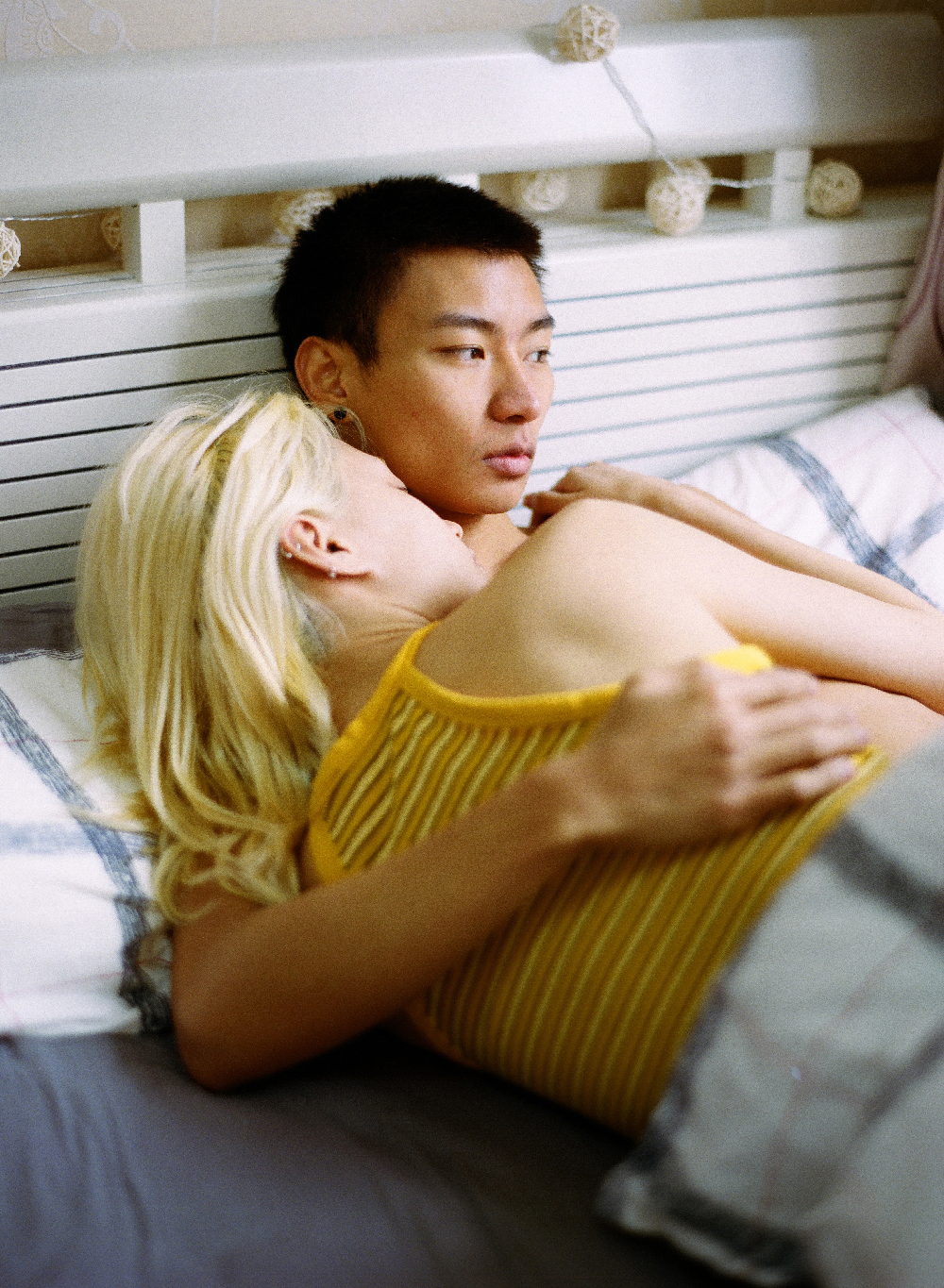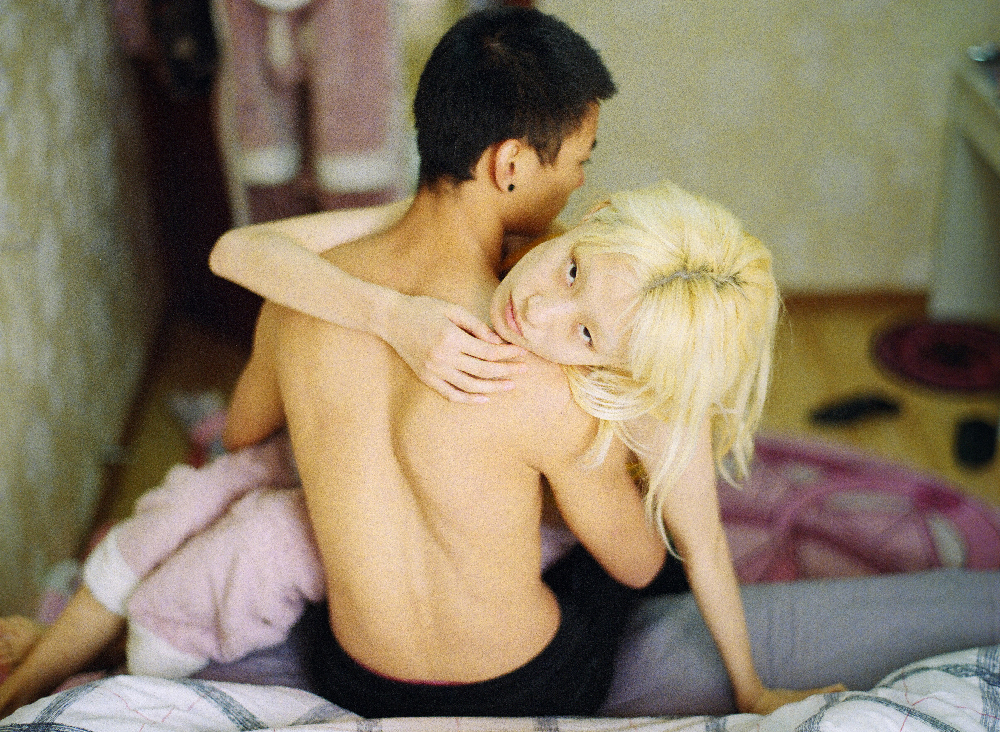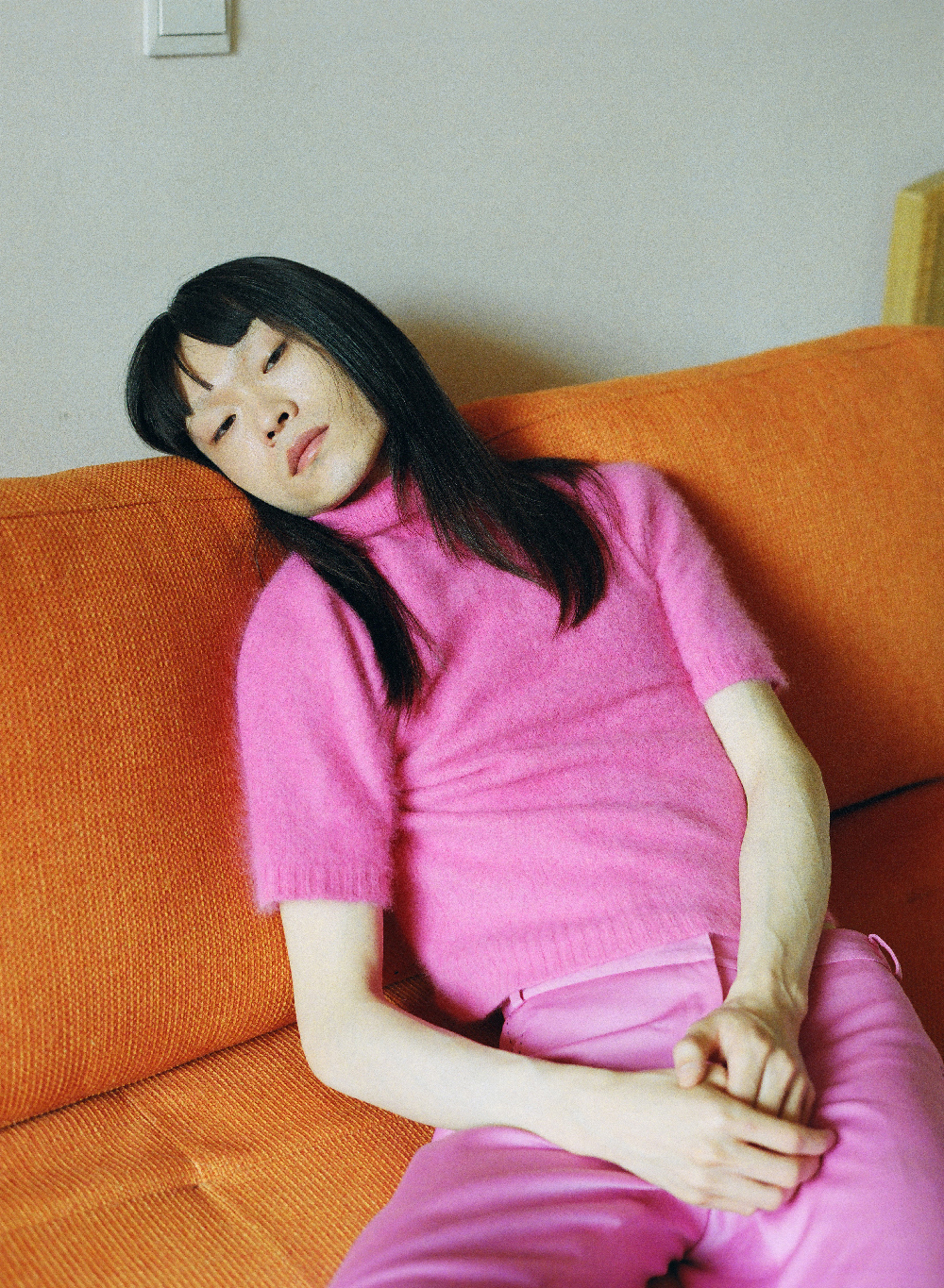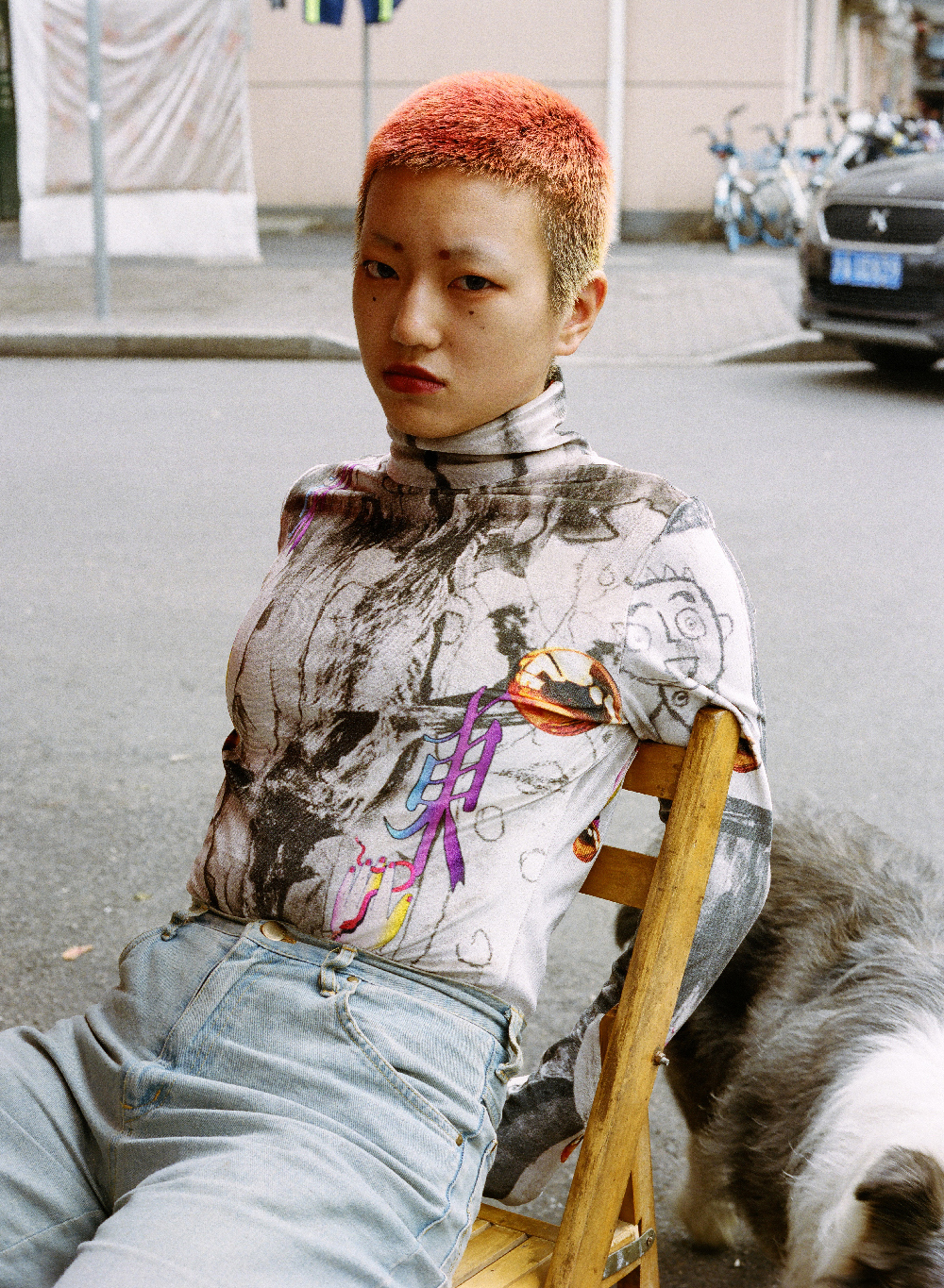Luo Yang’s Self-Reliant Youths
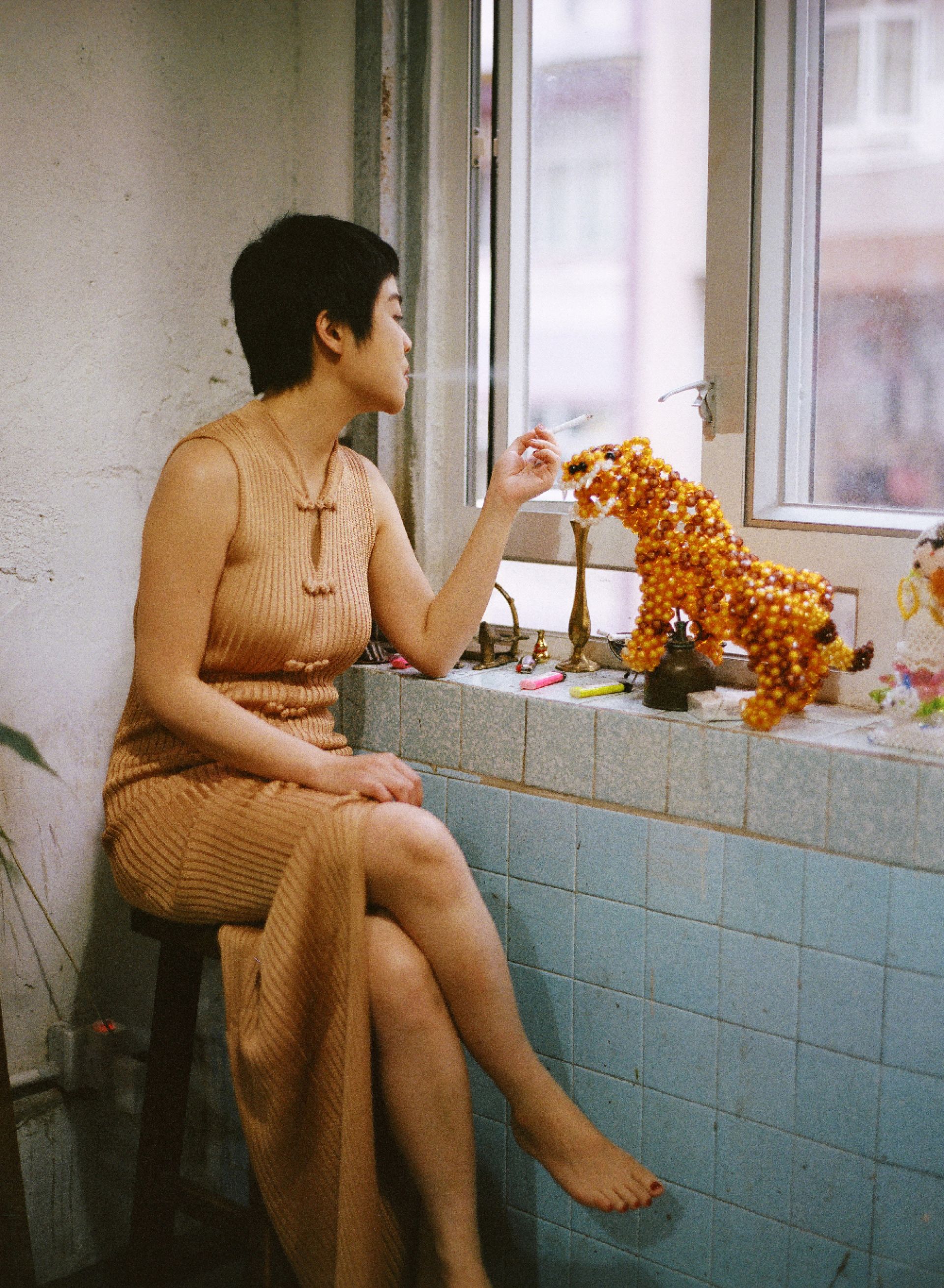
Onying (2019), from the series "Youths"
Luo Yang was Ren Hang’s friend, and she had felt sad and sorry for his passing. In terms of style and subject matter, Ren Hang and Luo Yang are fellow travelers. They both have high visibility abroad, and they have also been invited by foreign art museums and galleries for exhibitions. Their works share a certain common denominator in visuals and values, which is reflected in the self-confident, naked bodies of young Chinese people. These bodies show a worship of youth’s vitality and a determination to break through the secular constraints of the East. With a bright and bold style that almost subverts the imagination of Westerners, they have become a window for the Western world to understand Chinese young people’s subcultural groups.
The Girls series is Luo Yang's decade-long shooting project, which began in 2007. Luo Yang was in adolescence at that time, and had suffered a major life change after the death of her father. She wanted to resolve her inner confusion by photographing other girls of her same age. Therefore, the subjects of this series are all Chinese girls who were born in the 1980s, at the same age as Luo Yang. Based on the trust between girls of the same age, and Luo Yang's empathy as a fellow female, these girls are able to show exceptional freedom and honesty in front of her camera.

Wang Yanyun (2016), from the series "Girls".
The authenticity radiated by this frankness brings a stronger emotional intensity to Luo Yang's works. The girls in these photos have escaped the conservative and implicit stereotypes of Eastern culture in the traditional eyes of the West, and express their courage to be themselves with self-confidence.
We can see that Luo Yang's works not only have a snapshot-like casual style, but also create a languid and poetic mood. Her work shows a mixture of cynicism and seriousness among the girls, who, in the photos, are full of determination and fighting spirit, but at the same time also show attitudes of disdain and carelessness. Moreover, all the girls she shoots are not professional models, but girls who live around us in daily reality. Thus, their stories or lives not only confirm the confidence and persistence of peers, but also offer comforting solidarity through the shared anxiety and pain experienced during youth and growth.

Xu Ladi (2017), from the series "Girls".

Li Xiaoyan (2017), from the series "Girls".
These adolescent girls, while experiencing personal emotional ups and downs, also have to withstand the impact of various forces in society, and their growth process is in a state of change at any time. Therefore, Luo Yang presents a fascinating broken power in her works. The girls' scarred bodies and defiant expressions give off a visual allure that makes it easy for us to get caught up in their experiences and stories. Yet in the end, what we see more is our own past and the scars in our heart. Of course, these girls generally have a sunny, beautiful and energetic side, even if their eyes have a wandering or calm demeanor, but their body’s movements reveal not only an appearance of personality, but also a hardened core.

Meng Luyue (2016) from the series "Girls".

Wan Ying and Xue Ying (2017), from the series "Girls".
These girls come from all over China, and they show up in college dorms, bachelor apartments, metropolitan rooftops, quiet small towns, border grasslands, etc. Before Luo Yang's lens, all of them show rich postures: self-confidence and rebellion, independence and personality, frustration and vulnerability, growth and maturity. The state of youth is one of the key features of Luo Yang's works:
In the beginning, out of seeking solace in the struggles and confusion she encountered during her growth, Luo Yang picked up the camera and started shooting. However, her ten years of shooting made time a key word and subject. As time went on, Luo Yang saw obvious changes in the girls' bodies and minds. As Luo Yang said, "With the Girls project, I didn't think about how long it would last. But after holding on for so long, it became a natural thing to keep filming. Looking back now, I can see that time has given those pictures a lot of meaning. I think it's very meaningful to keep documenting the changes in their lives.”

Mao Weiai (2019), from the series "Youth".

Ni Feiya (2019), from the series "Youth".
While shooting, Luo Yang herself was also growing. After shooting the Girls series over 10 years, in the last five years Luo Yang started to shoot the Youth series. In Youth, Luo Yang has changed her perspective. Instead of focusing on her peers, she takes a look back at the youth of others, exploring current youth culture by shooting a younger generation of Chinese people born in the 1990s and 2000s. The series deals not only with girls but also boys, as well as more diverse LGBTQ groups, which together constitute a rich subcultural landscape of Chinese youth.

San (2019), from the series "Youth".

Yao Ezi (2019), from the series "Youth".
With the rapid development of the internet, everything in our lives seems to undergo drastic changes in sync with those of the world. This was followed by the continuous opening up of Chinese society and culture. Young people in China are at the center of these changes. They are more willing to accept new ideas, embrace the new era, and be more confident to be themselves. Of course, this process will not be very smooth; it will always be full of struggles and hardships. The girls and young people in Luo Yang's lens provide rich samples of contemporary Chinese youth in various aspects, including the embodiment of personal values, the realization and creation of self-goals, sexual concepts and freedom, gender equality, emotional struggles, happiness and the frustrations of marriage and family, etc.

Ren Fang (2019), from the series "Youth".
Luo Yang's works constitute a group sample of subcultural youth, different and separate from China’s public space. In a way, these images serve as a bridge by inspiring contemporary Western youth to respond positively to the culture and values held by young Chinese, thus luring them to explore and understand the deeper states and stories that are happening to Chinese youth today.

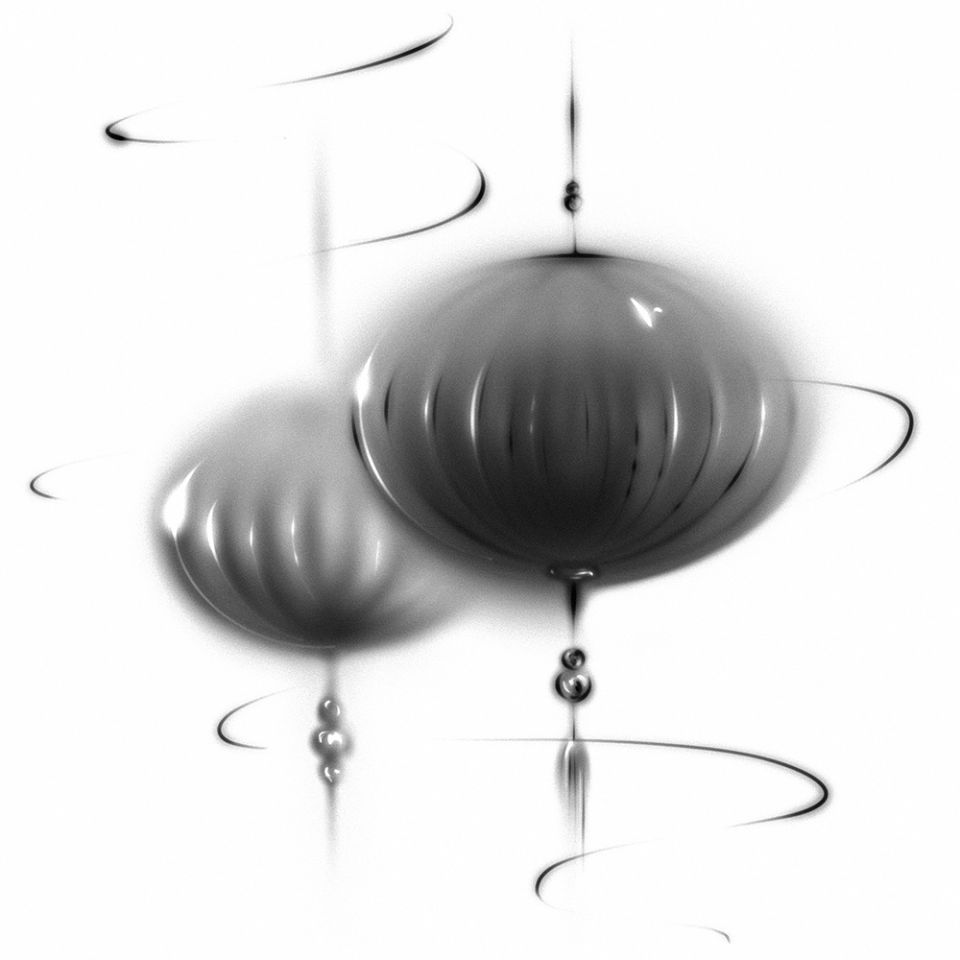

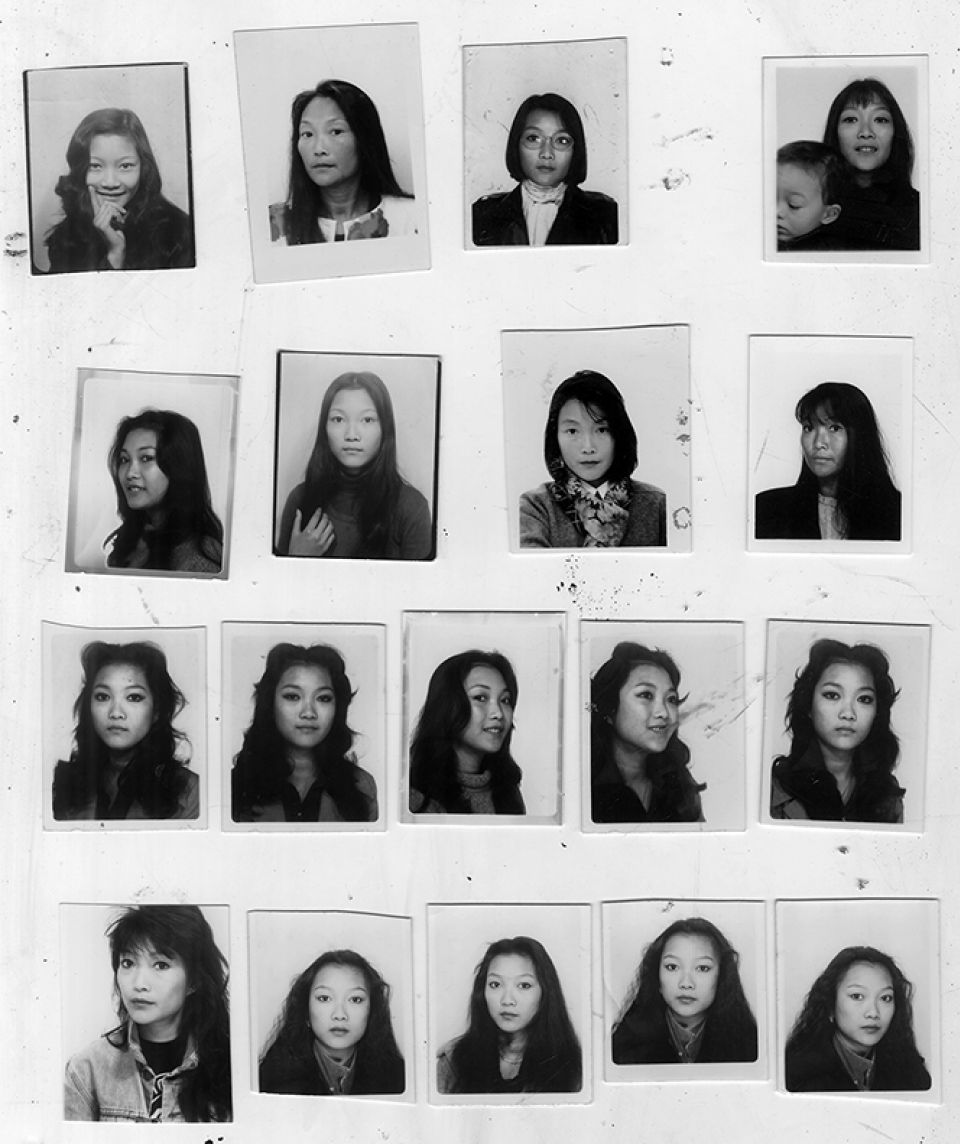










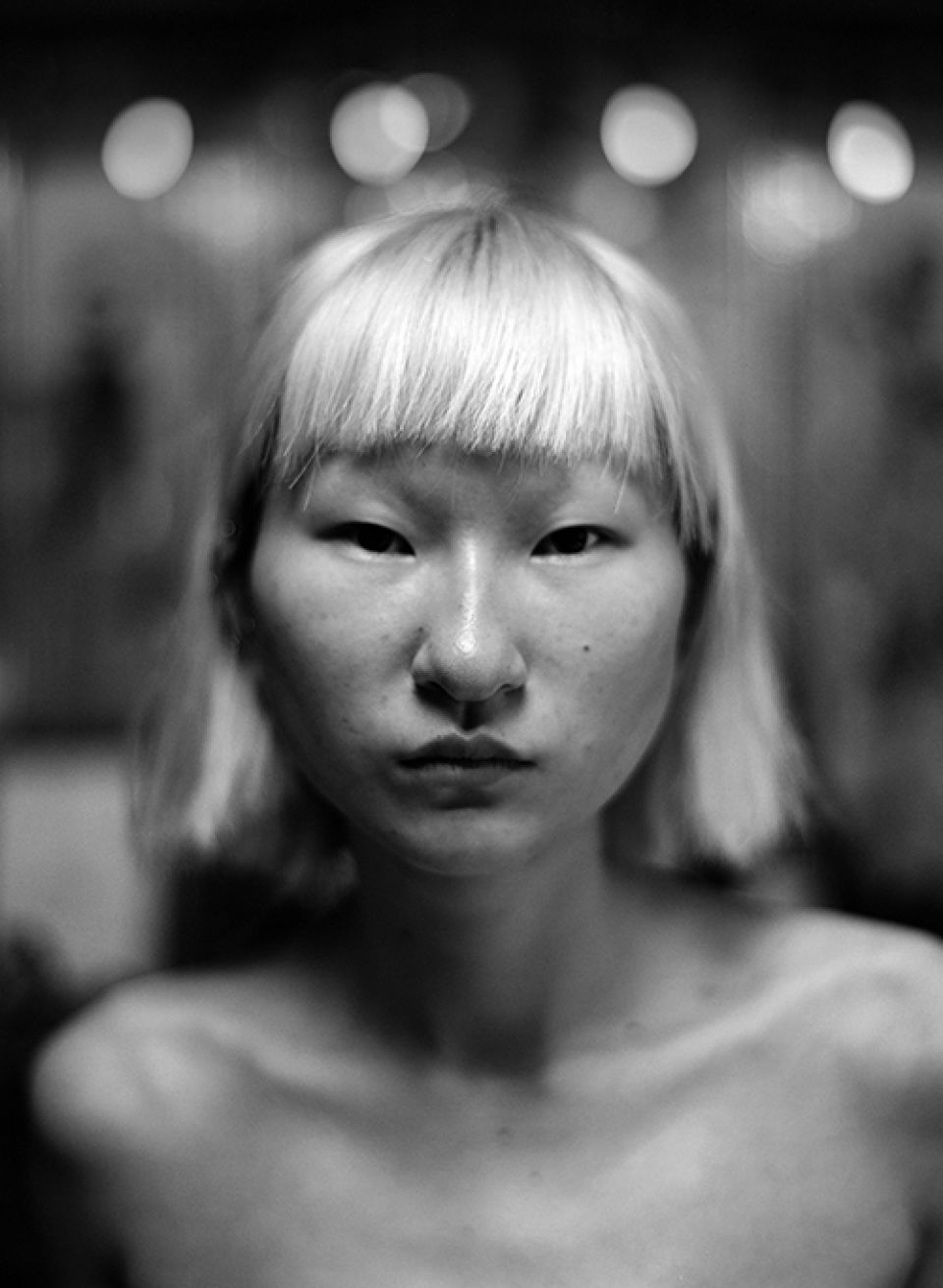
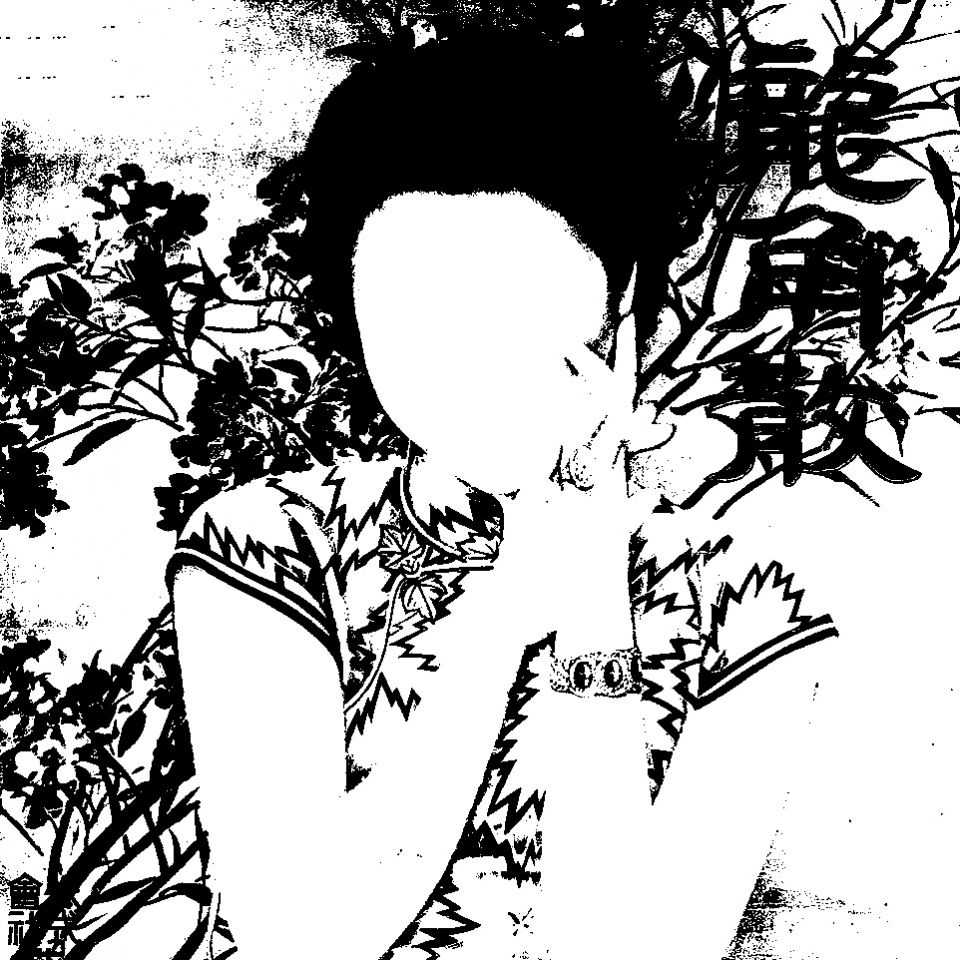
 ">
">
 ">
">
 ">
">
 ">
">
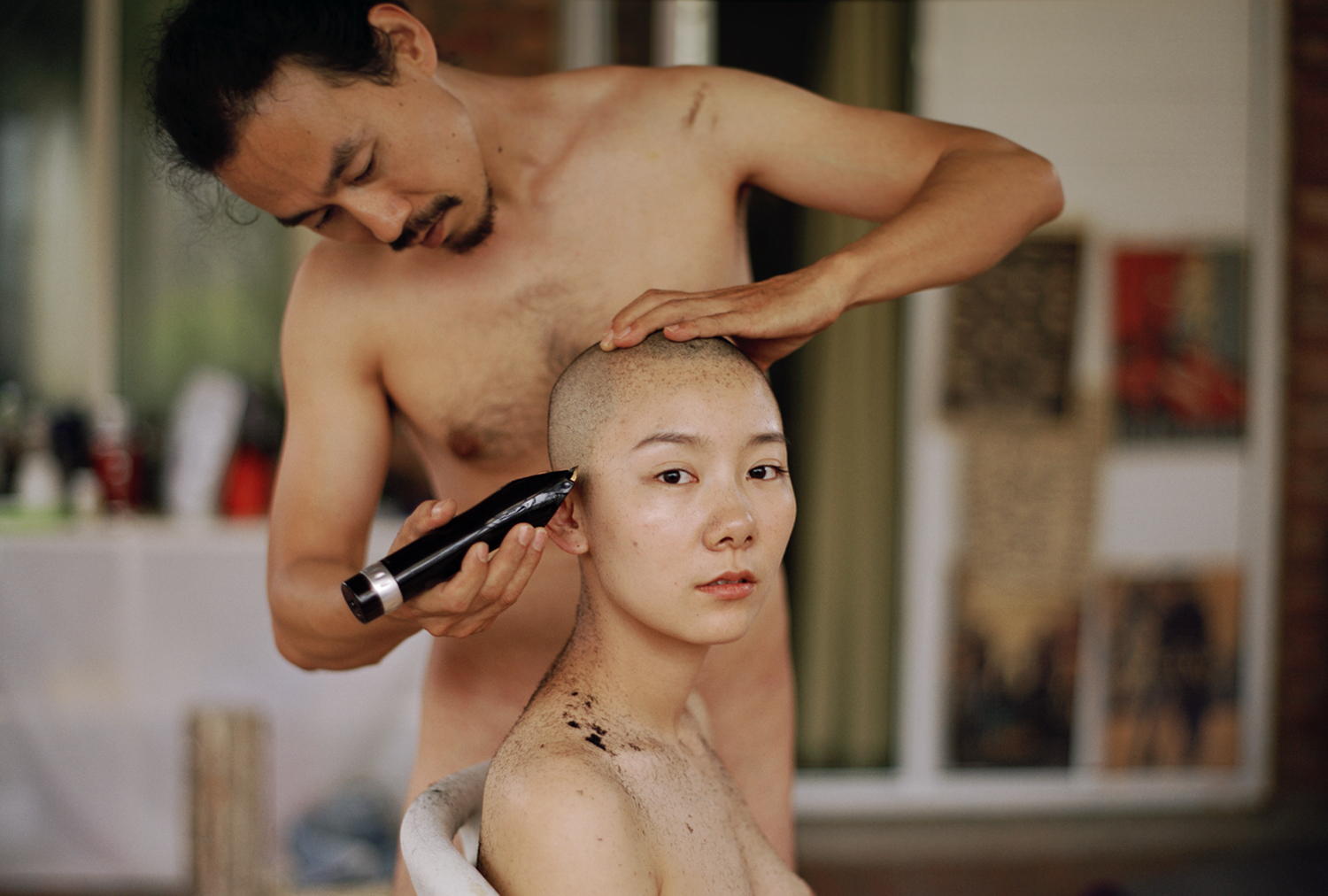 ">
">
 ">
">

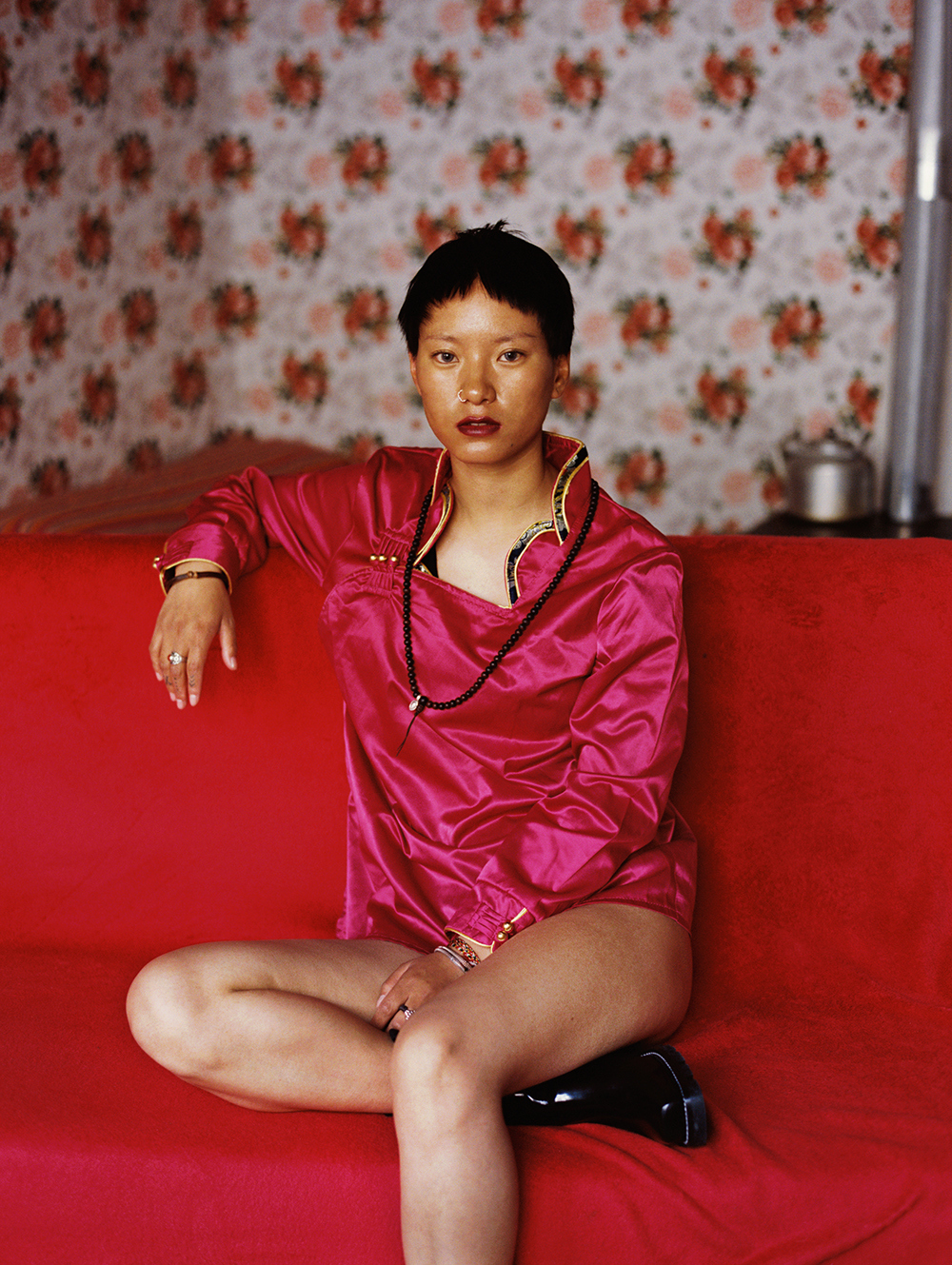
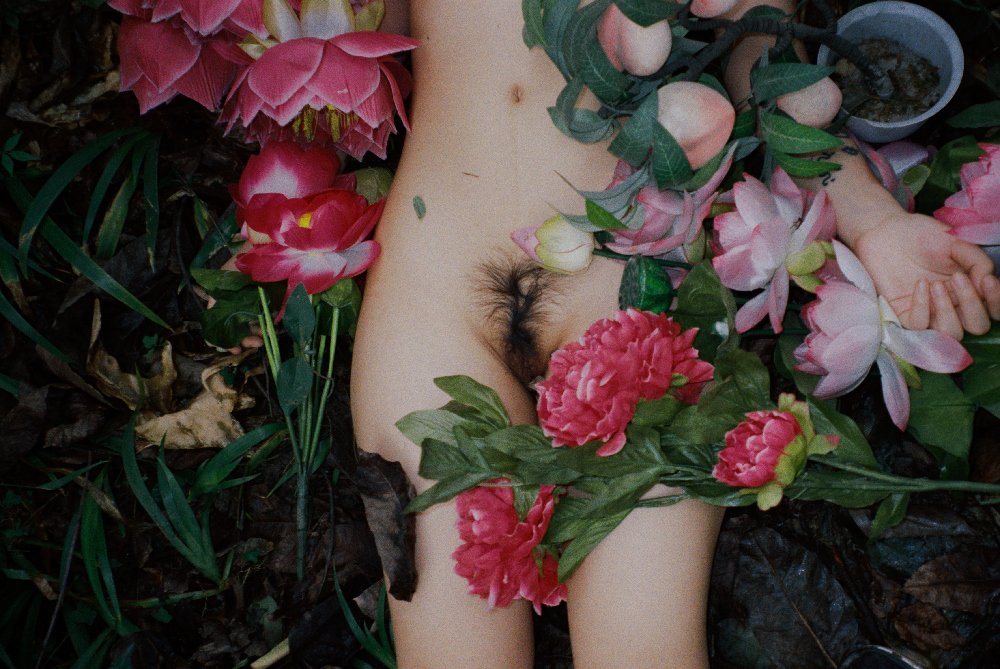

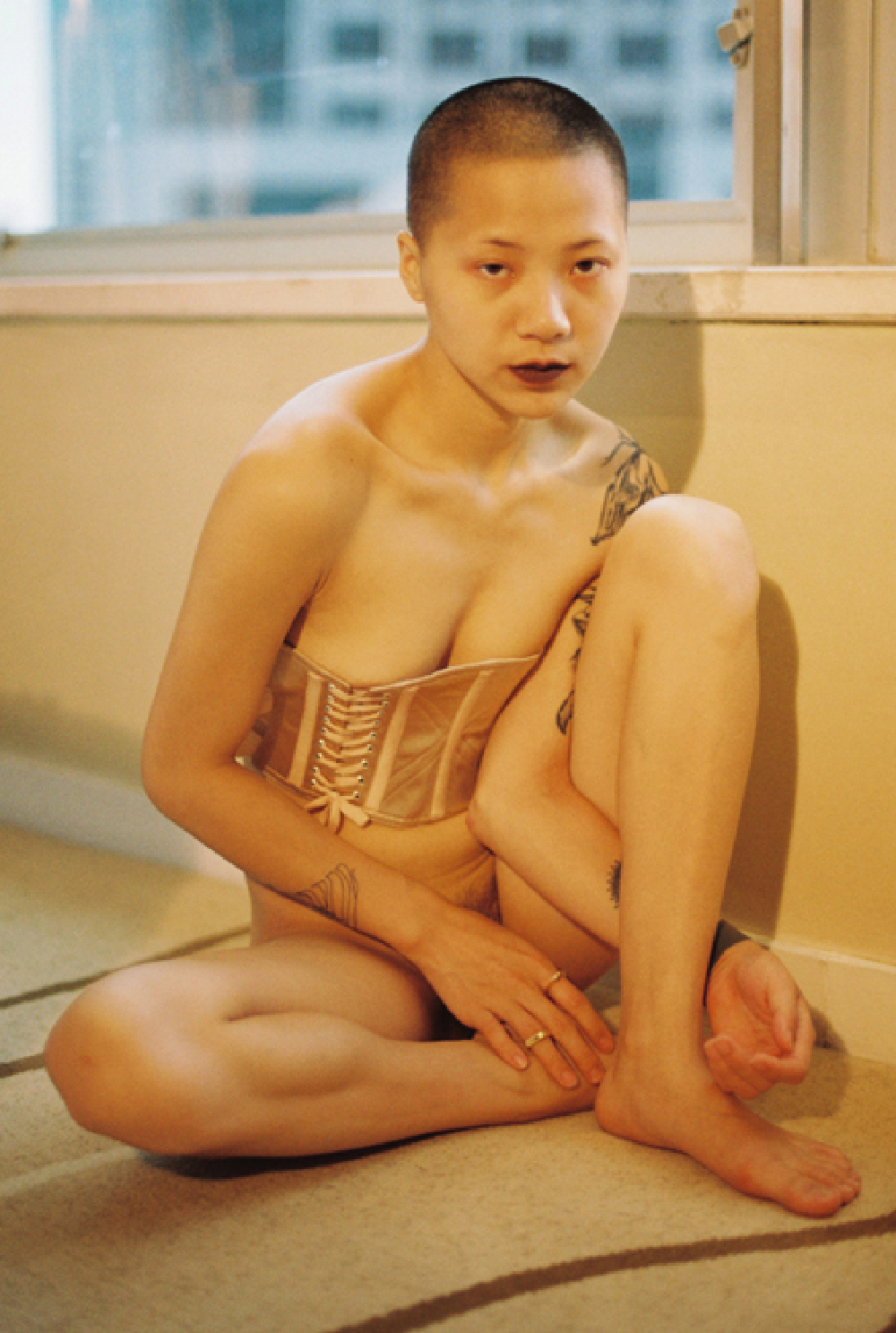
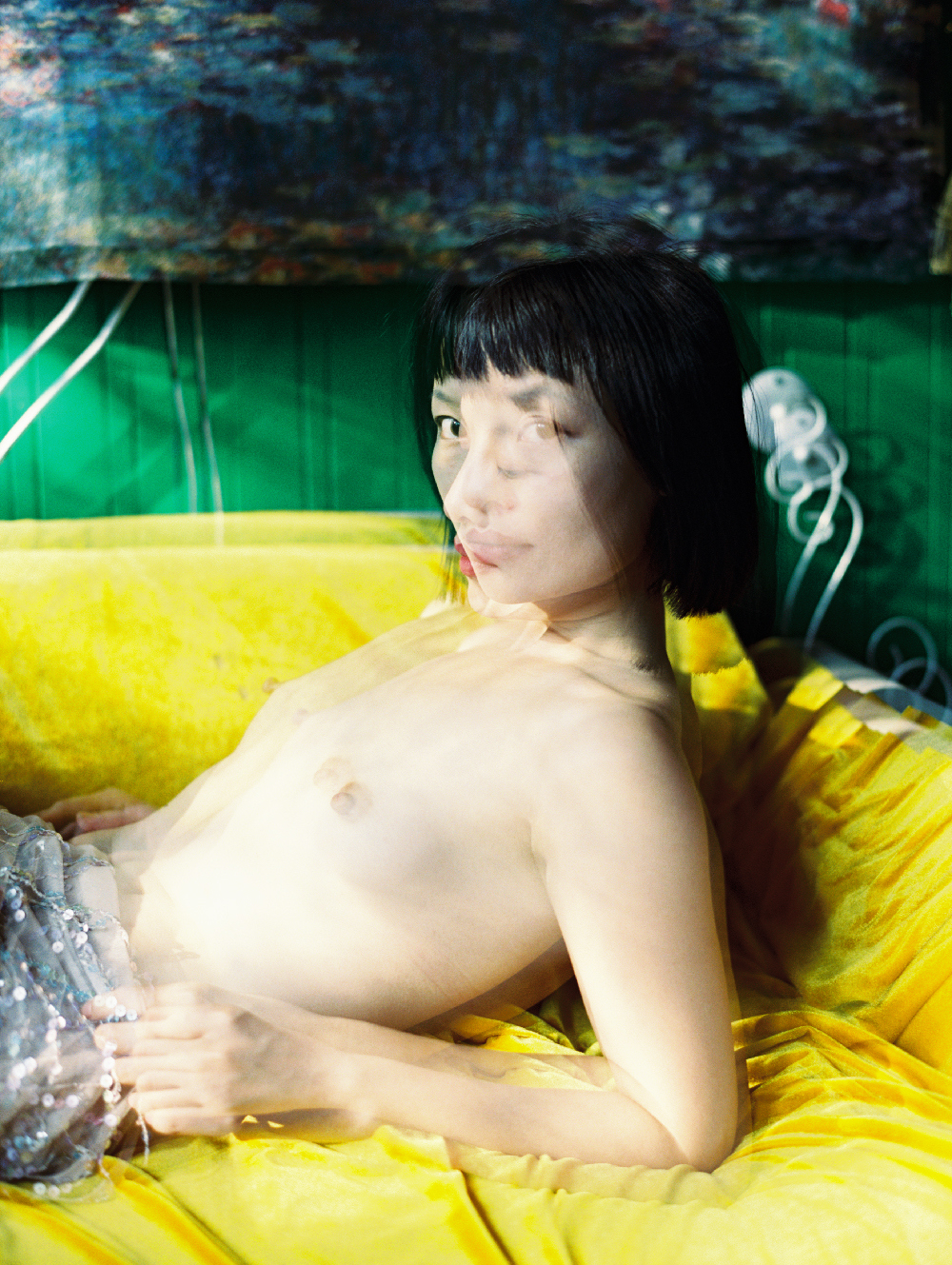
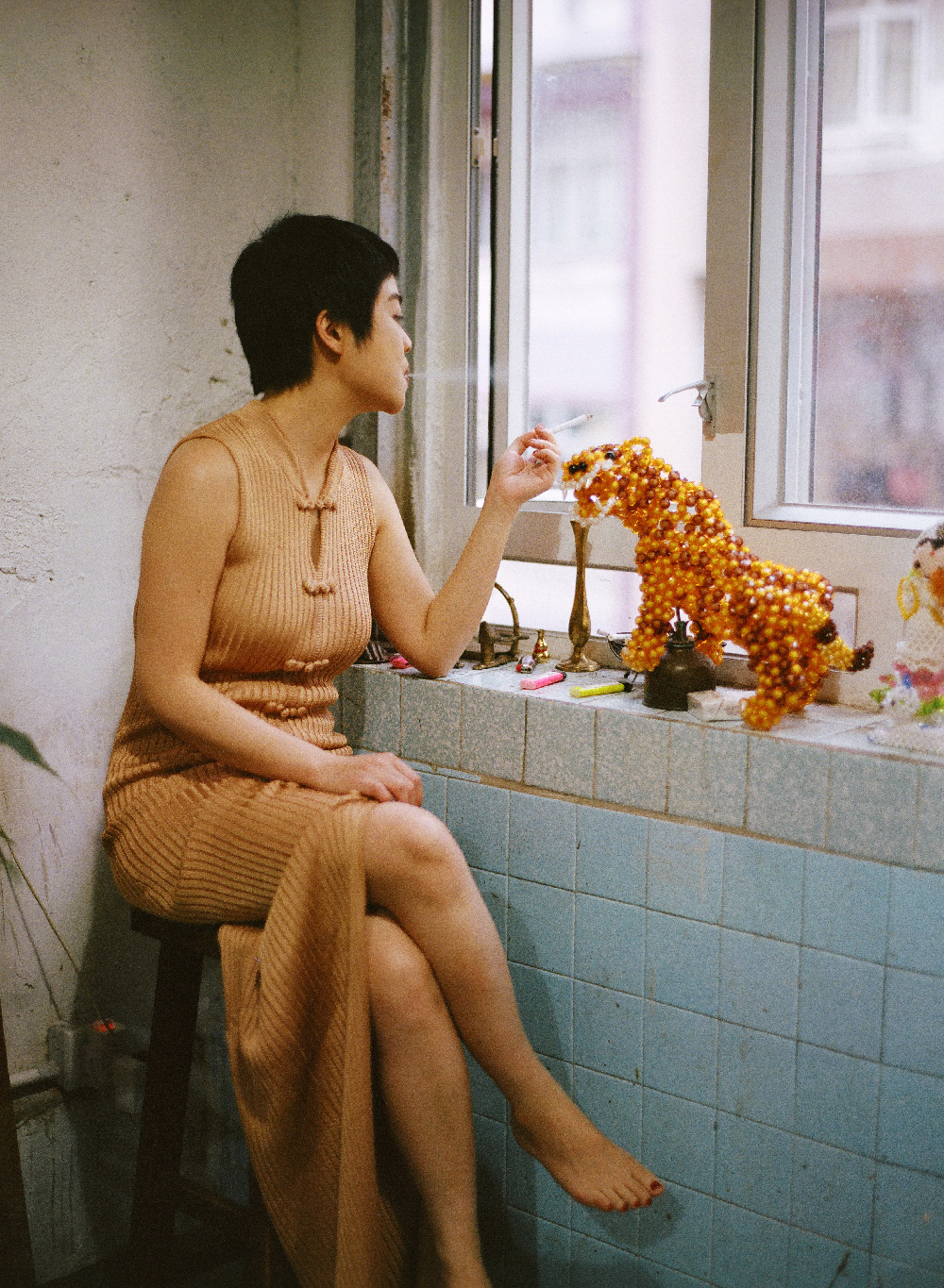 ">
">
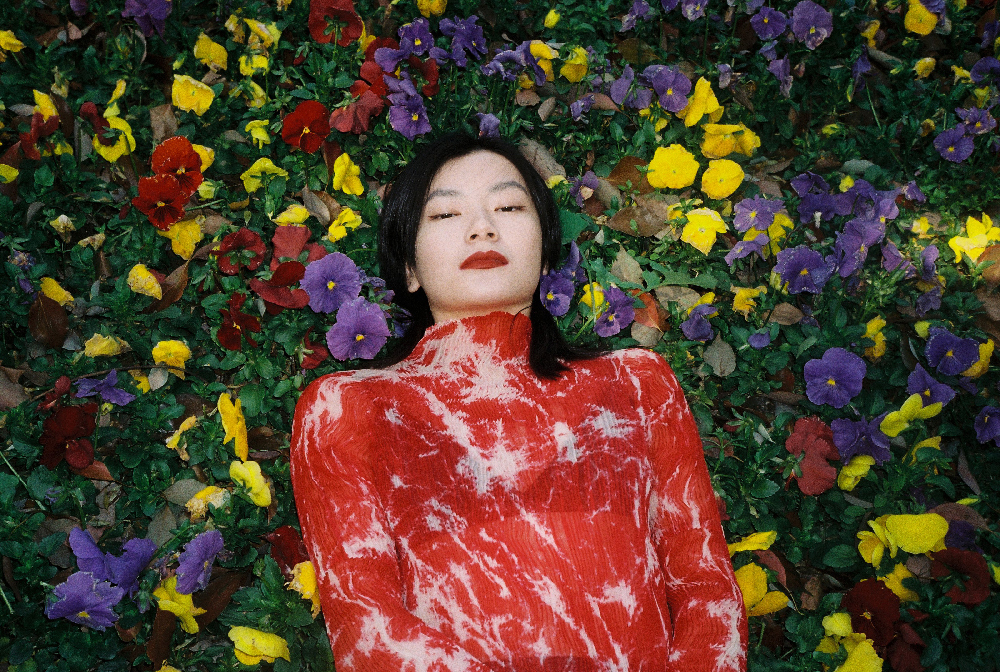 ">
">
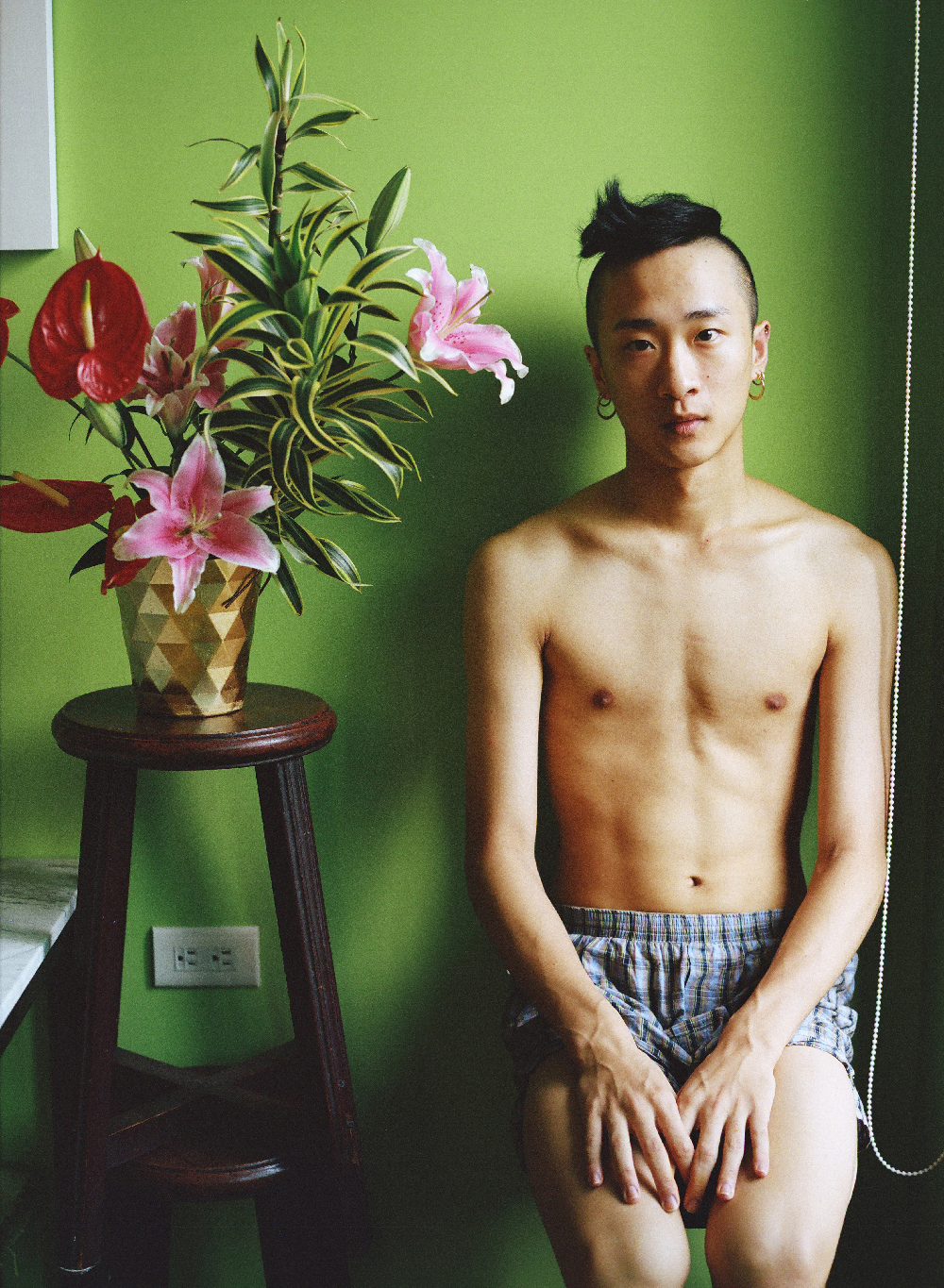 ">
">
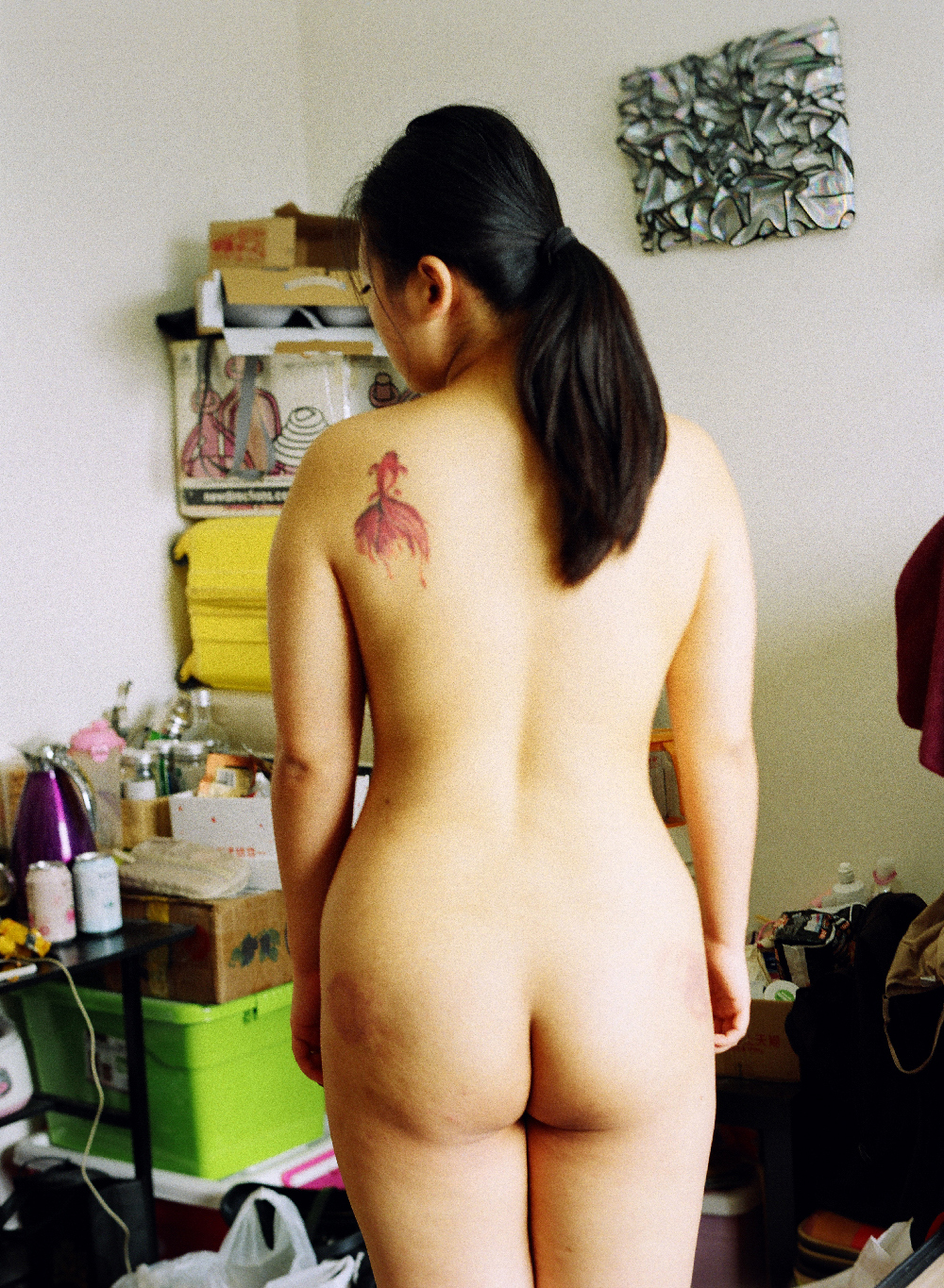
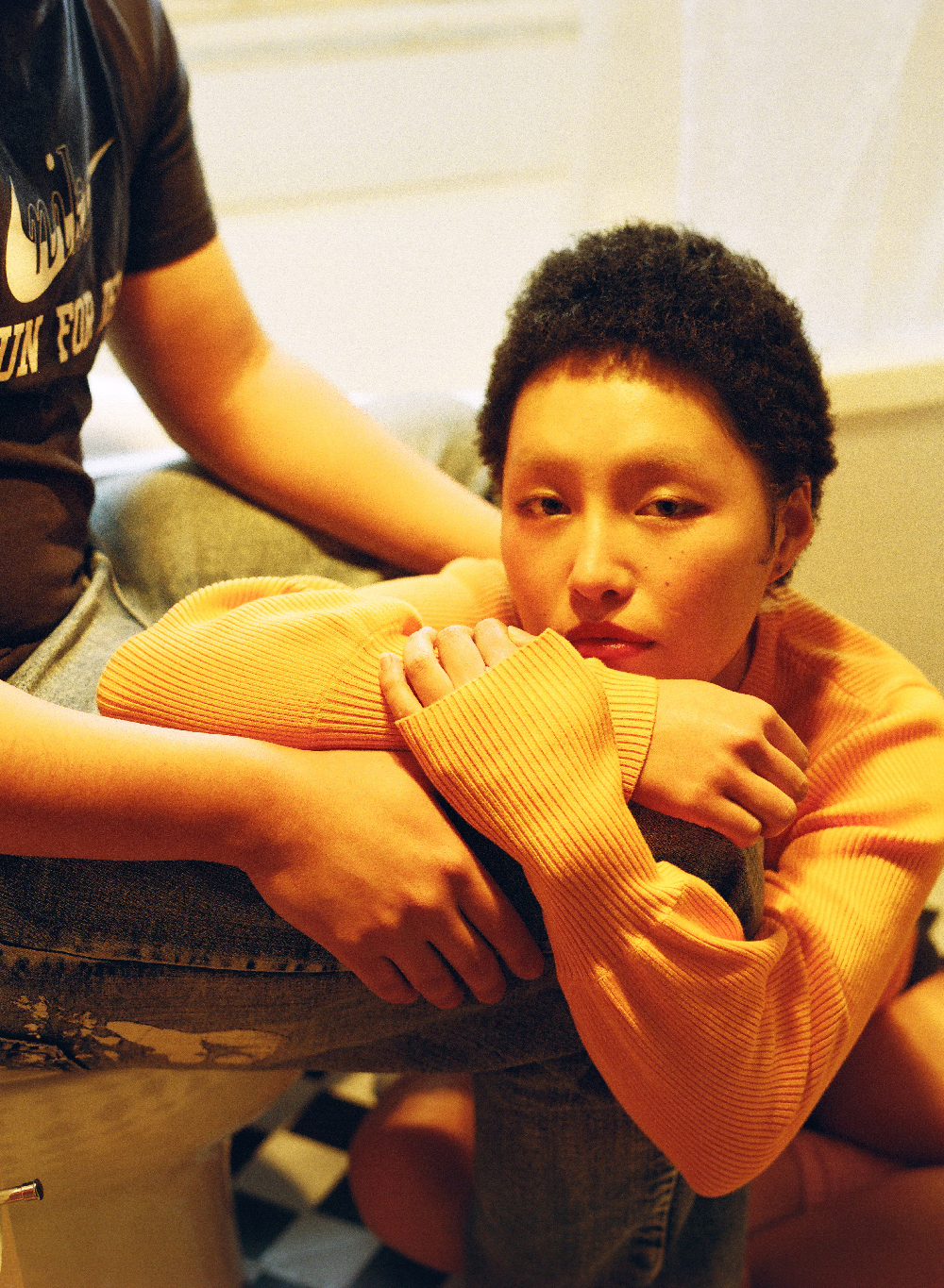 ">
">
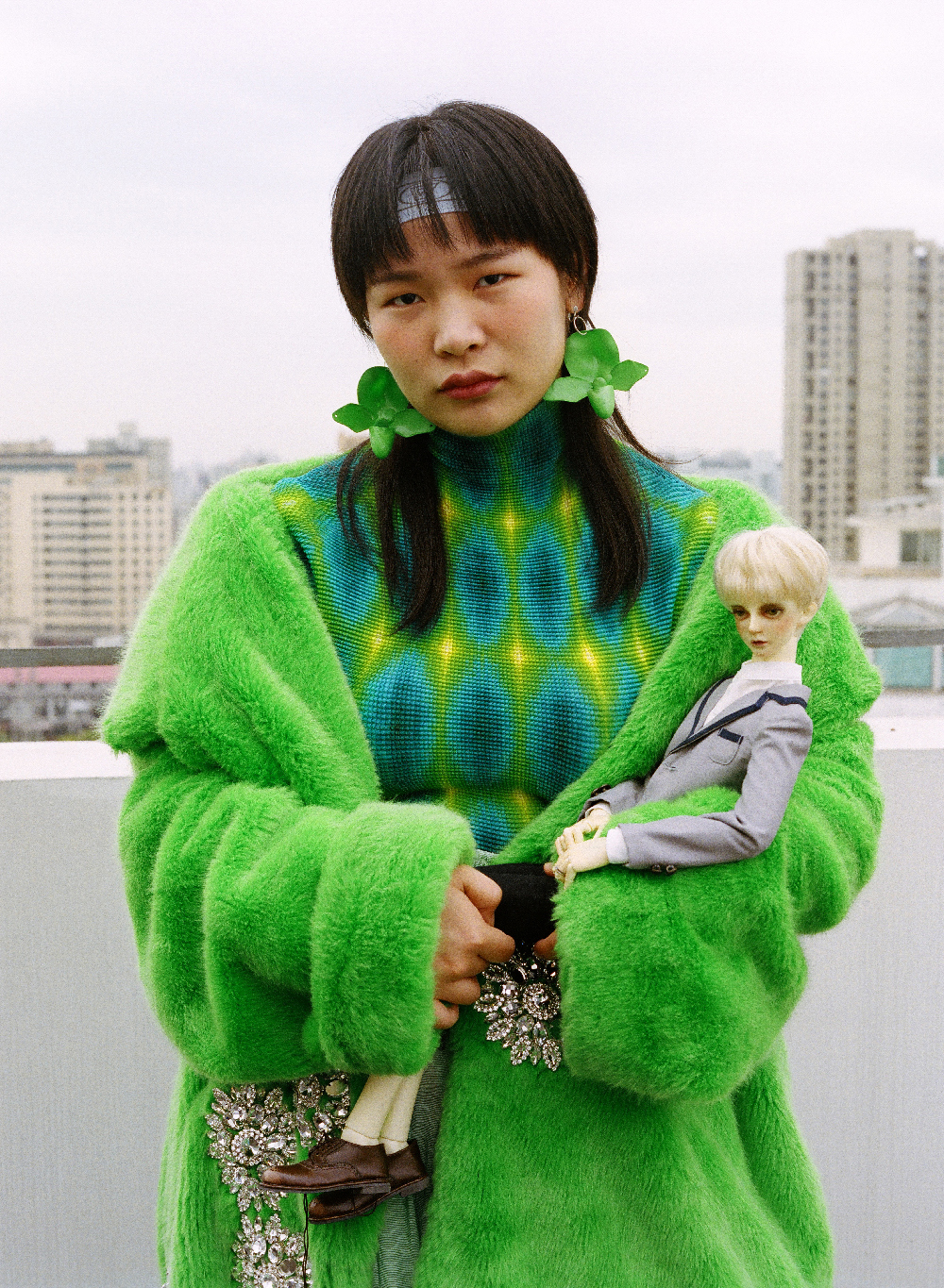 ">
">
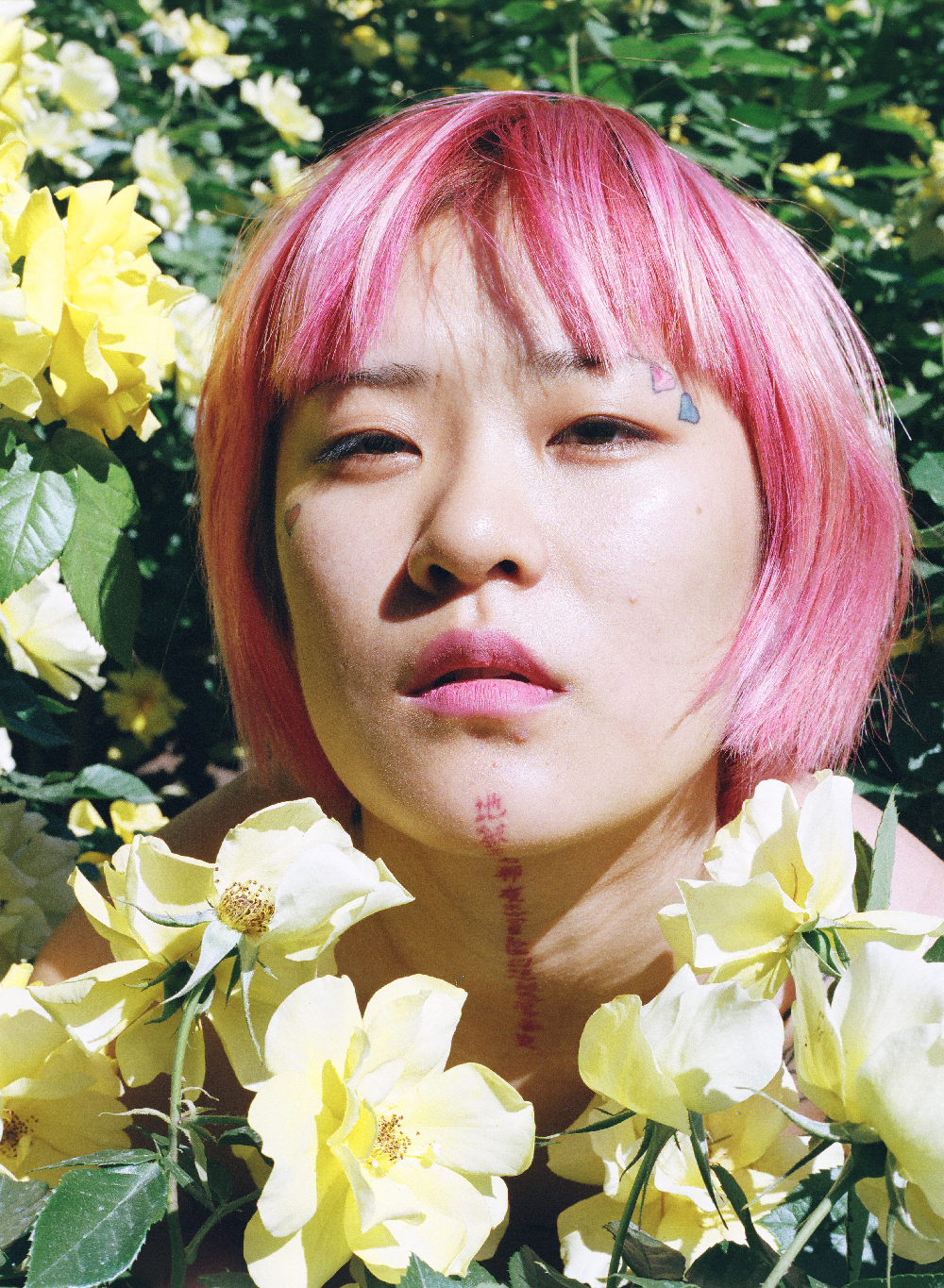 ">
">
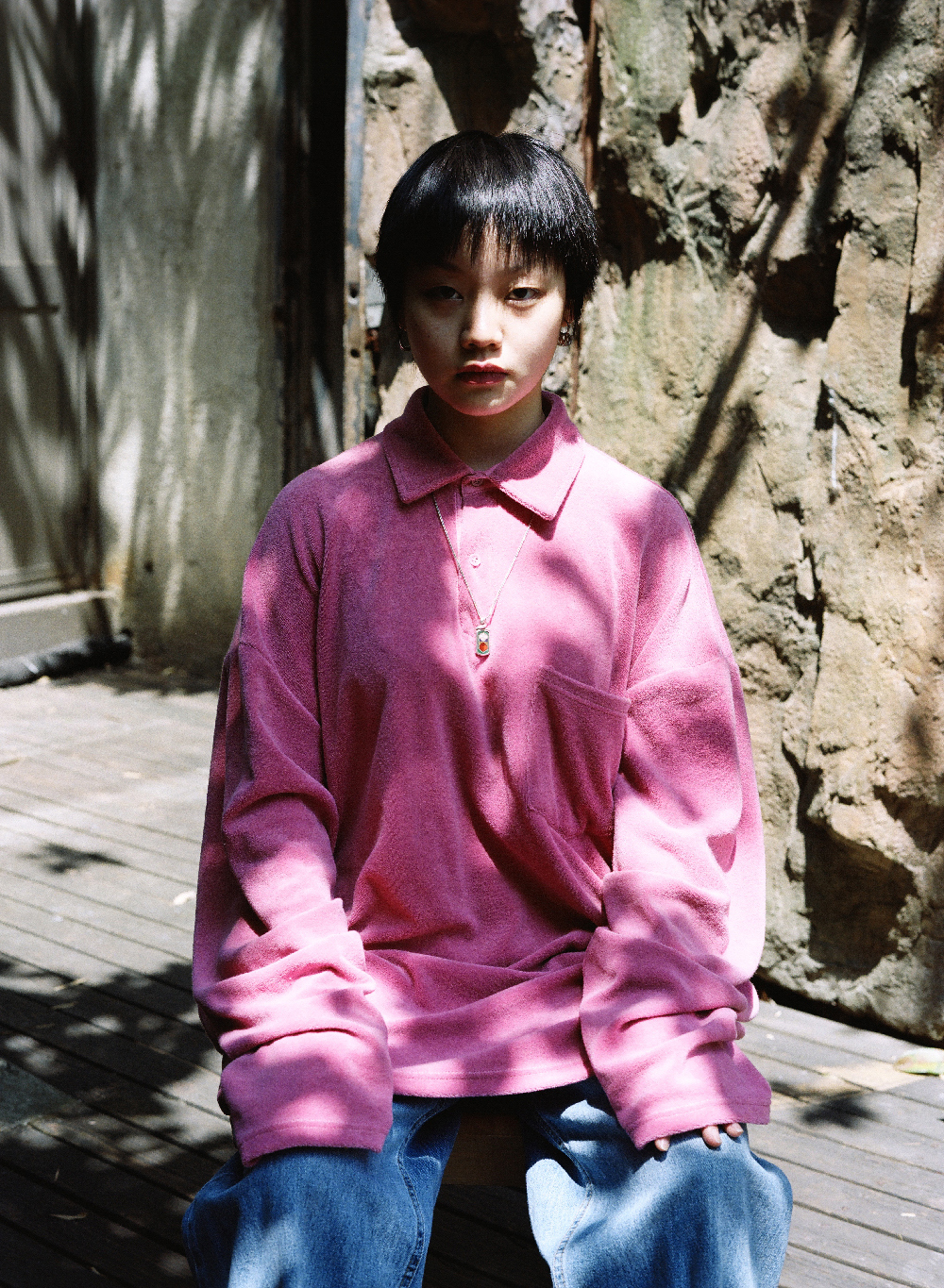
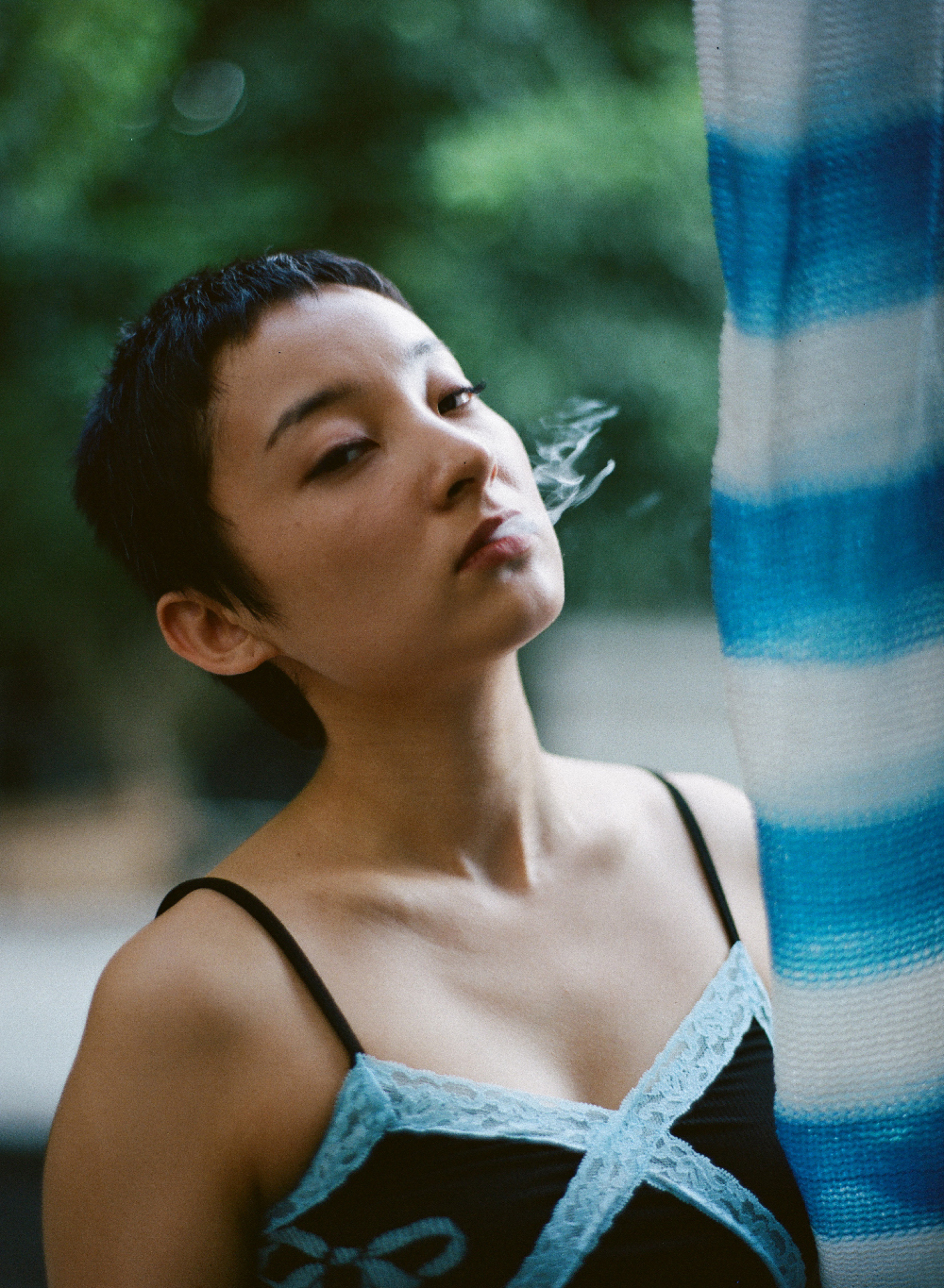
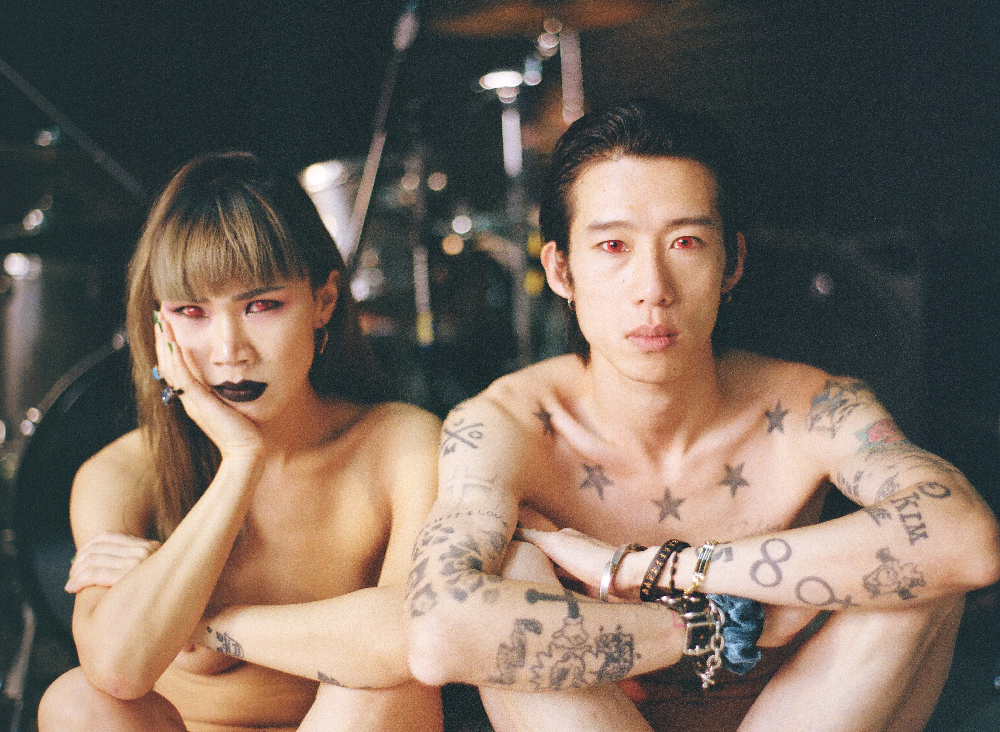
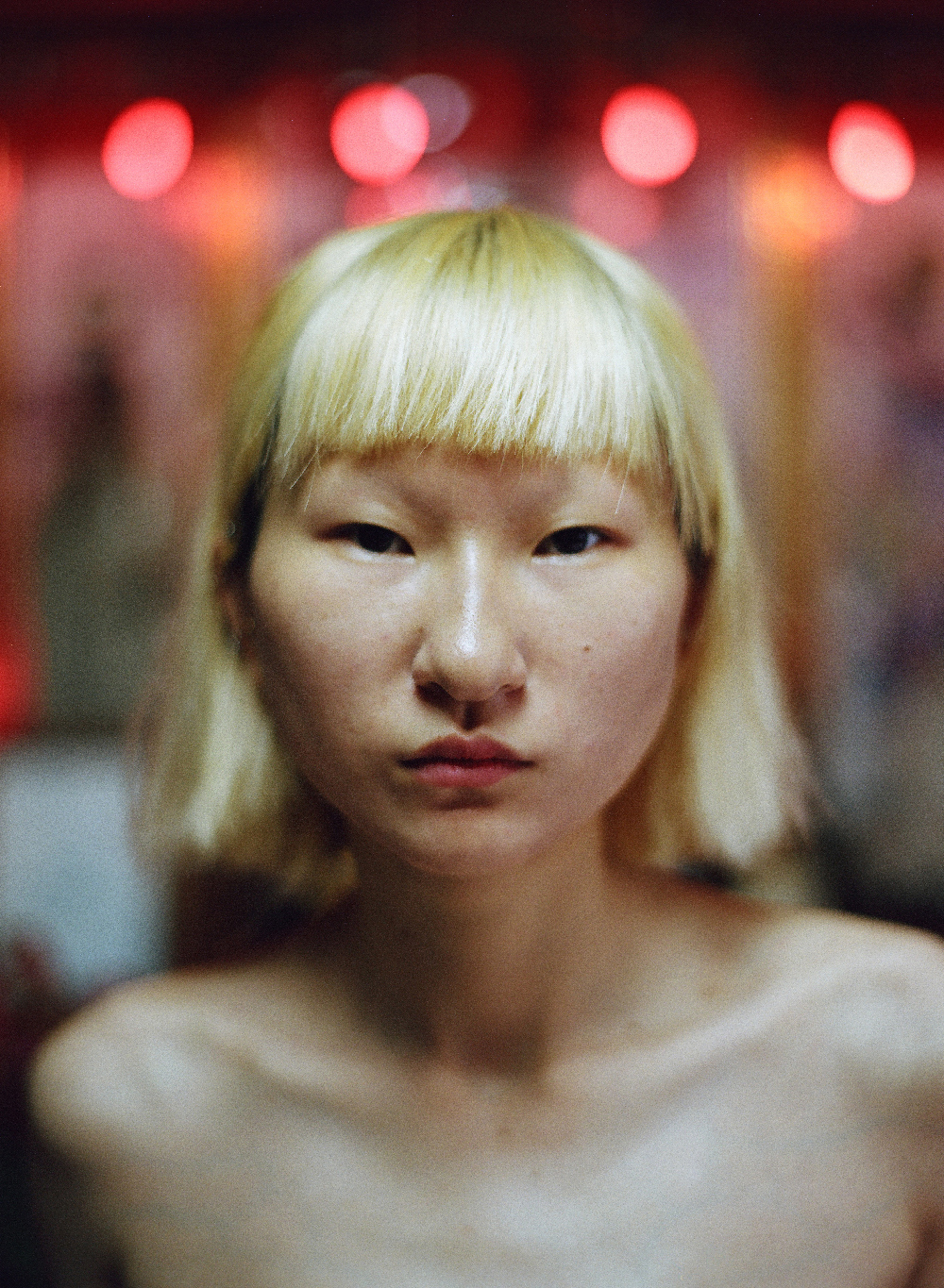 ">
">
